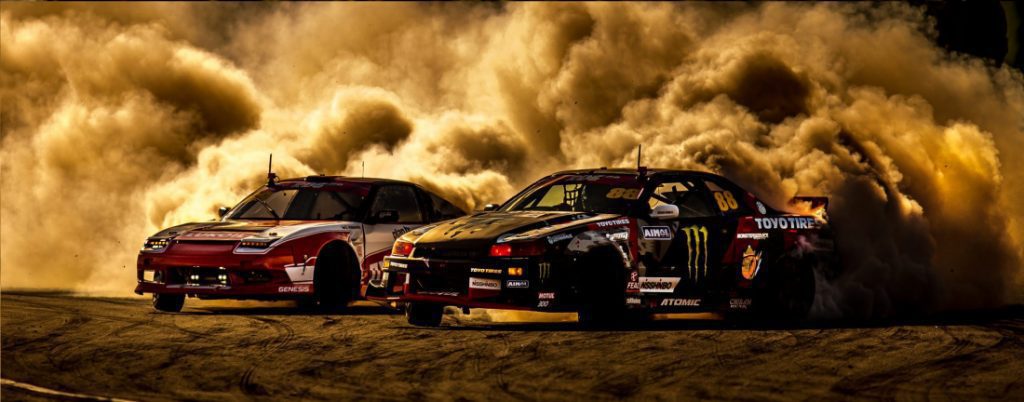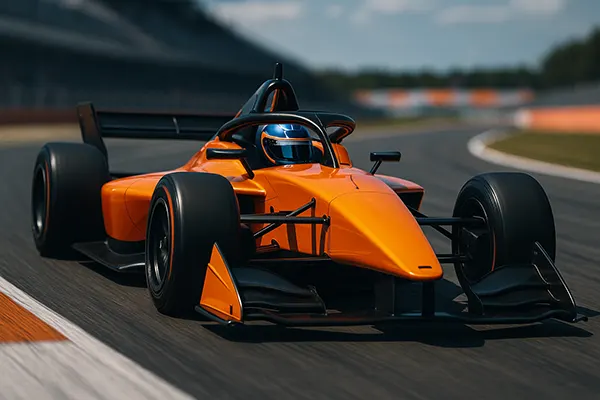
Drifting: a half-century of history
Drifting, also known as controlled drifting, is a cornering technique which has been around since the 1930s. Some drivers in Grand Prix tournaments used to come in with off-set rear axles to minimise the loss of speed during a turn.
But it was in Japan that drifting emerged as a form of motorsport with its own peculiar rules and other attributes. The forerunner of drifting is considered to be Kunimitsu Takahashi – famous Japanese racer who achieved impressive success both in motorsports and in autosport. In 1962, Takahashi’s illustrious career was cut short by a car accident that left him with serious injuries that made it impossible for him to continue in the sport. But the strong-willed Japanese did not give up, and after treatment moved on to motor racing.
The athlete showed himself very well in his new role, gathering an impressive collection of medals and cups at the most prestigious competitions. But his driving style has made him even more famous. More precisely, it was the way Takahashi raced into the corners. He did it without reducing speed with oversteer in the apex. Every time his car came out of a corner, it was a little show.
But while Takahashi only used drifting elements during regular touring car races, Keiichi Tsuchiya inspired by his example made drifting a separate kind of competitions, becoming in fact its founding father.

Tsuchiya has excelled in traditional motor racing as well, winning many prizes at the highest levels of competition. But it was drifting that became his true passion, almost costing him his career. He was even briefly banned for promoting a sport that was considered illegal and had no official status. Tsutiya was involved in the making of the film Pluspy in 1987, where he demonstrated his drifting skills. This led to his exclusion from the competition. However, the disgrace didn’t last long.
Tsuchiya along with Daijiro Inada, founder of car magazine Option and Tokyo Motor Show, made efforts to make drifting illegal and make it official. As a result, the D-1 Grand Prix professional series was established in 1999-2000. This Drifting Association, which is still the world’s largest Drifting Association, has its events in various countries and continents.
D-1 drivers have to prove their eligibility to compete at the highest level by winning local and regional events to get into the premier series.
Not all cars are suitable for drifting competitions. The basic requirement is that the car must be rear-wheel drive with a factory modification of the body. All-wheel-drive cars and front-wheel-drive cars converted to rear-wheel-drive cars are allowed to participate.
As for brands, Toyota Sprinter Trueno AE86 has legendary status. Nowadays, however, drifting athletes use cars of many different brands.




